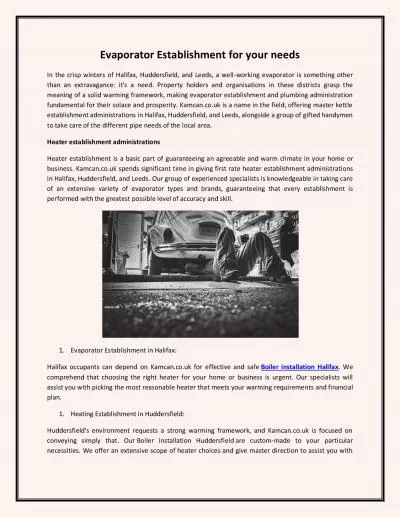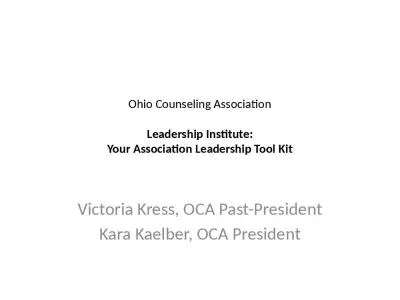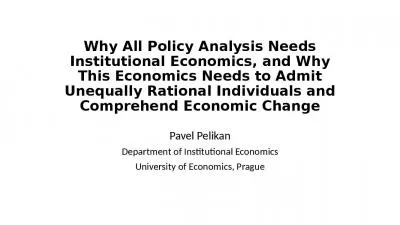PPT-Why Your Association Needs:
Author : lois-ondreau | Published Date : 2016-03-22
A Good Structure B Good Governance and C Good Plans amp Budgets UIA Round Table Bangkok 29 September 2015 John Peacock General Manager Associations Forum Disclaimer
Presentation Embed Code
Download Presentation
Download Presentation The PPT/PDF document "Why Your Association Needs:" is the property of its rightful owner. Permission is granted to download and print the materials on this website for personal, non-commercial use only, and to display it on your personal computer provided you do not modify the materials and that you retain all copyright notices contained in the materials. By downloading content from our website, you accept the terms of this agreement.
Why Your Association Needs:: Transcript
Download Rules Of Document
"Why Your Association Needs:"The content belongs to its owner. You may download and print it for personal use, without modification, and keep all copyright notices. By downloading, you agree to these terms.
Related Documents

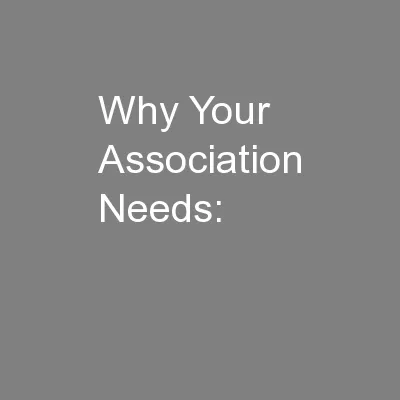

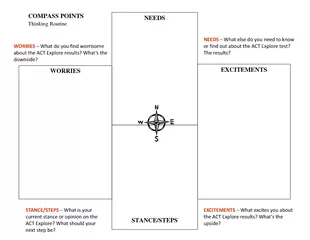
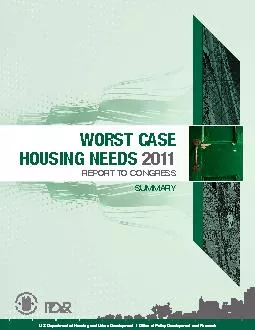
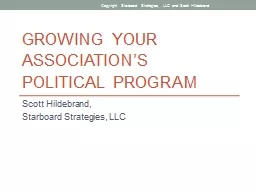

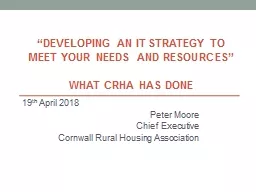

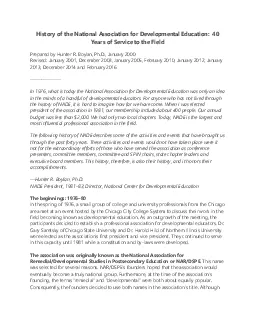

![[BOOK]-Status: Why Is It Everywhere? Why Does It Matter?: Why Is It Everywhere? Why Does](https://thumbs.docslides.com/956296/book-status-why-is-it-everywhere-why-does-it-matter-why-is-it-everywhere-why-does-it-matter.jpg)
